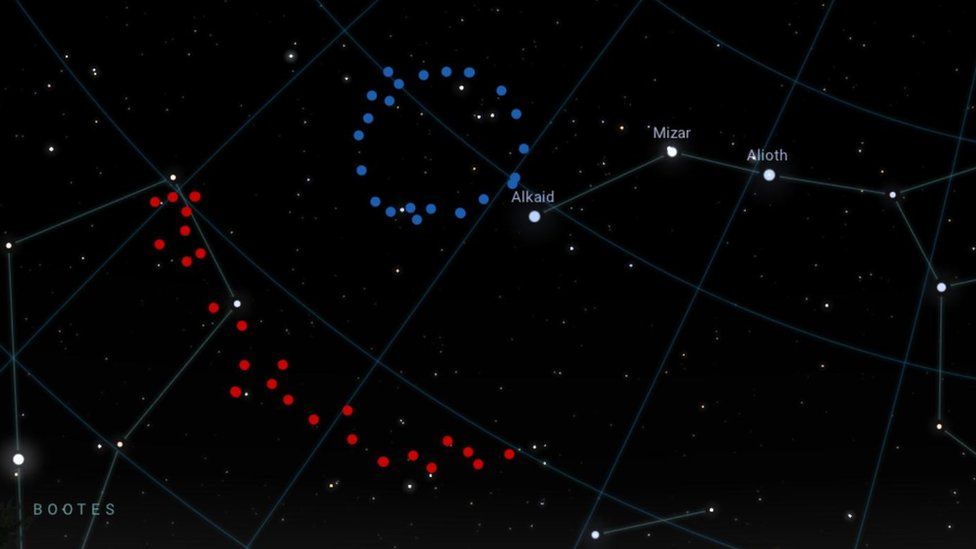-

-
-
Loading

Loading

Scientists at the University of Central Lancashire have made a significant discovery in space. They have found a massive, ring-shaped structure that is 1.3 billion light-years in diameter. This structure, named the Big Ring, is approximately 15 times larger than the Moon when observed from Earth. It is made up of galaxies and galaxy clusters, challenging our current understanding of the universe. The Big Ring cannot be seen with the naked eye due to its great distance. Identifying all the galaxies that make up this enormous structure has required a considerable amount of time and computing power. According to the cosmological principle, which states that all matter is evenly distributed across the Universe, such large structures should not exist. However, the Big Ring is not the first structure to violate this principle, suggesting that there may be other factors at play that are yet to be discovered. Dr. Robert Massey, deputy director of the Royal Astronomical Society, believes that the evidence for a rethinking of this fundamental principle in astronomy is growing. He states that the discovery of seven large structures that contradict the smoothness of the cosmos on a larger scale challenges the accepted thinking on the evolution of the universe. Alexia Lopez, a PhD student at the University of Central Lancashire, made the discovery of the Big Ring as well as another structure called the Giant Arc. These two structures appear to be relatively close together in the constellation of Bootes the Herdsman. Professor Don Pollacco from the University of Warwick suggests that the proximity of these objects could indicate a possible relationship between them, forming an even larger structure. The formation of such large structures is currently difficult to explain within our understanding of the universe. The authors of the study speculate that they might be relics from the early universe, where waves of high and low-density material have become "frozen" into the extragalactic medium. Other similarly large structures have been discovered, such as the Sloan Great Wall and the South Pole Wall, but the largest known entity is the Hercules-Corona Borealis Great Wall, which is around 10 billion light-years wide. While the Big Ring appears to be almost a perfect ring in the sky, Ms. Lopez's analysis suggests that it has more of a coil shape, resembling a corkscrew, with its face aligned with Earth. These findings, presented at the American Astronomical Society meeting, contribute to the ongoing exploration of the universe's development and pose a significant cosmological mystery.